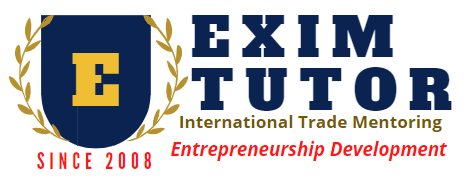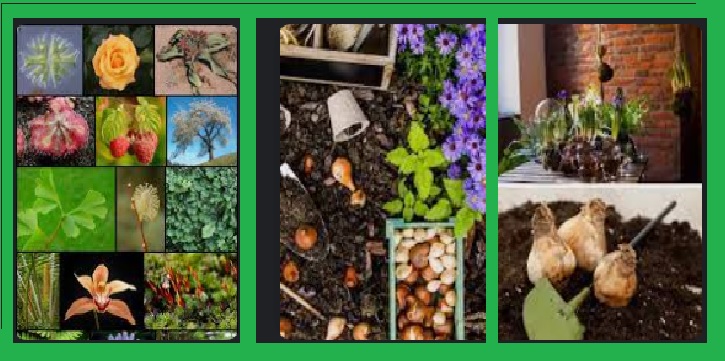APEDA Organizes Global Millets (Shree Anna) Conference
nder the visionary leadership of Hon’ble Prime Minister Shri Narendra Modi, the Agricultural and Processed Food Products Export Development Authority (APEDA), Ministry of Commerce and Industry, Government of India has organized the Global Millets (Shree Anna) Conference today at Subramaniam Hall, NASC Complex, Pusa Road, New Delhi to stimulate the exports of millets from India and provide market linkage to the producers. Around 100 Indian millet exhibitors from different parts of the country and around 100 international buyers from various Read Full Details…


